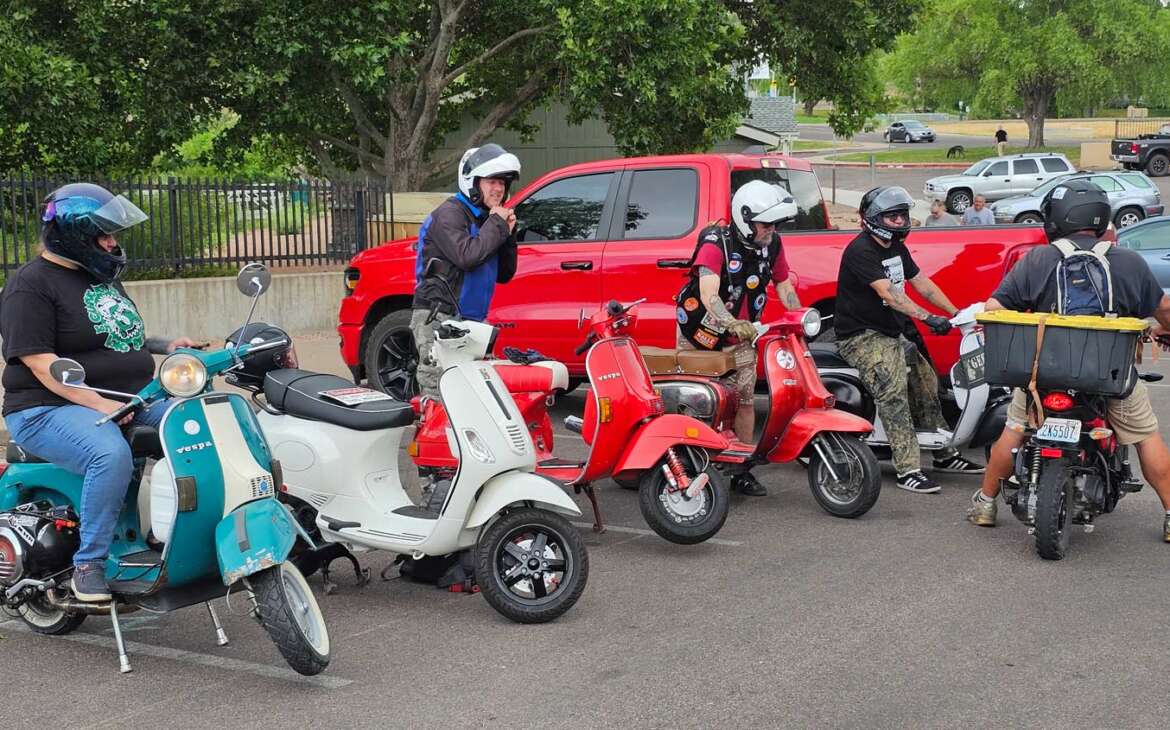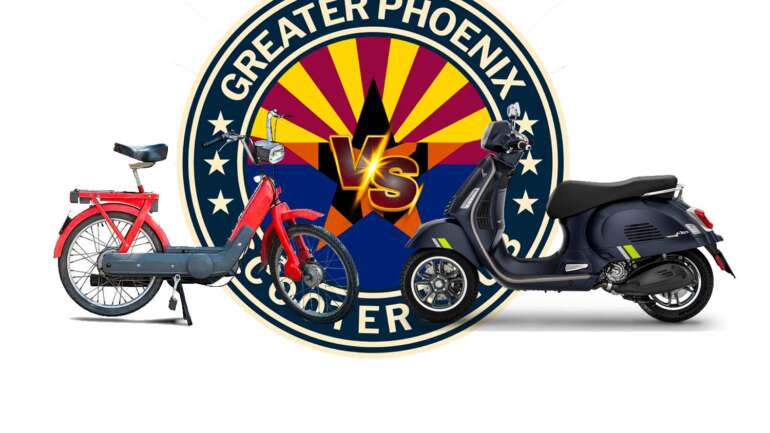The story of scooters in America is one of innovation, post-war recovery, and cultural adaptation. The origin of the modern scooter can be traced back to post-World War II Italy, where economic conditions demanded affordable, efficient, and reliable transportation. Two brands, Piaggio’s Vespa and Innocenti’s Lambretta, emerged as icons of this new mode of transport.
The Birth of the Scooter in Italy
In the aftermath of World War II, Italy faced severe economic challenges, with much of its infrastructure destroyed and resources scarce. In this context, the need for inexpensive and practical transportation became critical. Enrico Piaggio, the owner of the Piaggio company, sought to create a vehicle that was affordable, easy to drive, and capable of navigating Italy’s narrow and bombed-out streets. The result was the Vespa, introduced in 1946. The name Vespa, which means “wasp” in Italian, was inspired by the vehicle’s shape and the buzzing sound of its engine.
Around the same time, Ferdinando Innocenti developed the Lambretta scooter. Named after the Lambrate district of Milan where the Innocenti factory was located, the Lambretta was launched in 1947. Both Vespa and Lambretta scooters featured a step-through frame and enclosed bodywork, which protected riders from road debris and made the scooters more appealing to a broader audience, including women.
Scooters Migrate to America
The popularity of scooters quickly spread beyond Italy to other parts of Europe and eventually to the United States. In the 1950s and 1960s, scooters began to gain traction in America, initially among returning servicemen who had been stationed in Europe and had experienced the practicality and charm of scooters firsthand. Vespa and Lambretta established themselves as the leading scooter brands, with their stylish designs and efficient performance capturing the imagination of American riders.
The scooter’s appeal in America was further boosted by its association with the Mod subculture in the United Kingdom, which celebrated scooters as symbols of modernity and rebellion. This cultural crossover helped solidify the scooter’s place in American society, particularly among young, urban riders.
Global Adoption and Asian Brands
While Vespa and Lambretta were the pioneers, the global scooter market soon saw the emergence of strong competitors from Asia. Brands such as Honda, Yamaha, and Suzuki from Japan began producing scooters that were affordable, reliable, and technologically advanced. These brands contributed significantly to the global proliferation of scooters, making them accessible to a wider range of consumers.
In India, the Bajaj brand became synonymous with scooters. Initially, Bajaj produced Vespa scooters under license from Piaggio, but eventually developed its own models. Bajaj scooters became immensely popular in India and other developing countries due to their ruggedness and affordability.
The Scooter Today
Today, scooters are used around the world for various purposes, from daily commuting to leisure and recreation. They are particularly popular in densely populated cities where their small size and maneuverability make them ideal for navigating traffic. In countries like Italy, India, Vietnam, and Taiwan, scooters are a primary mode of transportation, favored for their efficiency and low operating costs.
In recent years, scooter ridership has been increasing globally, driven by rising fuel costs, urban congestion, and a growing awareness of environmental issues. Electric scooters, in particular, are gaining popularity as cities seek to reduce emissions and promote sustainable transportation options.
In the United States, scooters are seeing a resurgence in popularity. Urban dwellers and college students are turning to scooters as an economical and convenient means of transport. The sharing economy has also embraced scooters, with companies like Bird and Lime offering scooter-sharing services in many American cities.
Conclusion
The history of scooters in America is a testament to their enduring appeal and adaptability. From their humble beginnings in post-war Italy with the iconic Vespa and Lambretta brands, scooters have evolved into a global phenomenon. With contributions from Asian manufacturers like Honda, Yamaha, Suzuki, and Bajaj, scooters continue to be a practical and stylish transportation option. As ridership increases and new technologies emerge, the scooter remains a vital part of the world’s transportation landscape, offering a glimpse into the future of urban mobility.



